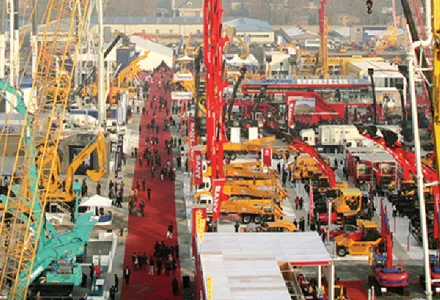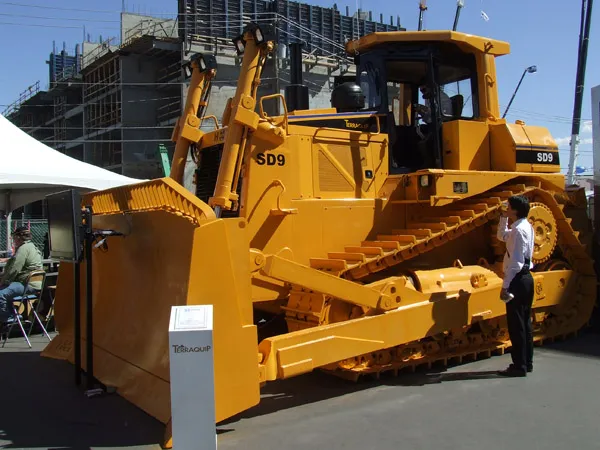The construction equipment manufacturing industry has been hit hard by the recession worldwide. Profits for 2009 reveal the sharp drop in business that began escalating around the globe during the third quarter of 2008. The problems have been most acute in the market for compact utility equipment
February 23, 2012
Read time: 3 mins
The construction equipment manufacturing industry has been hit hard by the recession worldwide. Profits for 2009 reveal the sharp drop in business that began escalating around the globe during the third quarter of 2008. The problems have been most acute in the market for compact utility equipment, the small machines sold into the rental sector and manufacturers have had to restrict production to allow dealers to sell off huge numbers of units parked in yards. Some world markets have been less affected and some continue to grow, such as Brazil, China and India in particular. But even the economic growth in these countries cannot provide enough business.
The downfall in sales was first seen in the US and it is no surprise that this is reflected in the difficult times being experienced by many US firms, although the same holds true for European, Japanese and South Korean manufacturers as well. Job levels are still affected by a drop in demand, according to a survey by the1100 Association of Equipment Manufacturers (AEM). While the average unemployment rate in the US has dropped below 10%, the construction equipment sector is suffering unemployment levels twice as high according to the AEM survey.
Instead, AEM president Dennis Slater points out that the908 US Government needs to tackle this specific unemployment problem by investing in a programme of infrastructure investments to last over several years. The AEM is not asking for the same sort of loans and subsidies for its members as the US auto industry received though and it is worth noting too that scrappage incentives would be likely to have little benefit, given that so many new machines have been supplied in recent years so that average fleet ages are comparatively low and also that there are still new, unsold machines sitting in dealer’s yards.
The stimulus bill from last year was a help but its benefits have been limited. And with nearly 42,000 people dying on US highways each year, there is a need for more federally-funded highway improvements designed to address safety issues in particular, as fatalities and injuries are so damaging to the economy.
Taking a broader view, investing in infrastructure now will help boost construction jobs as well, while providing new transport links that will continue to help the US economy. Bear in mind that the development of the US Interstate system coincided with the country’s economic growth and that fast efficient road transport is a cornerstone of the US economy.
Taking an even broader global view, all of the above applies to all of the world’s developed and developing nations. The AEM’s comments on kick-starting construction activity apply to practically every other nation, whether developed or not. At present, China and India in particular are investing heavily in new highway networks but they are exceptions to the rule. There are few countries on the planet that would not benefit from more efficient, safer and less crowded road links. And there is a worldwide backlog of road improvements, can help get the world economy moving again.
The downfall in sales was first seen in the US and it is no surprise that this is reflected in the difficult times being experienced by many US firms, although the same holds true for European, Japanese and South Korean manufacturers as well. Job levels are still affected by a drop in demand, according to a survey by the
Instead, AEM president Dennis Slater points out that the
The stimulus bill from last year was a help but its benefits have been limited. And with nearly 42,000 people dying on US highways each year, there is a need for more federally-funded highway improvements designed to address safety issues in particular, as fatalities and injuries are so damaging to the economy.
Taking a broader view, investing in infrastructure now will help boost construction jobs as well, while providing new transport links that will continue to help the US economy. Bear in mind that the development of the US Interstate system coincided with the country’s economic growth and that fast efficient road transport is a cornerstone of the US economy.
Taking an even broader global view, all of the above applies to all of the world’s developed and developing nations. The AEM’s comments on kick-starting construction activity apply to practically every other nation, whether developed or not. At present, China and India in particular are investing heavily in new highway networks but they are exceptions to the rule. There are few countries on the planet that would not benefit from more efficient, safer and less crowded road links. And there is a worldwide backlog of road improvements, can help get the world economy moving again.









